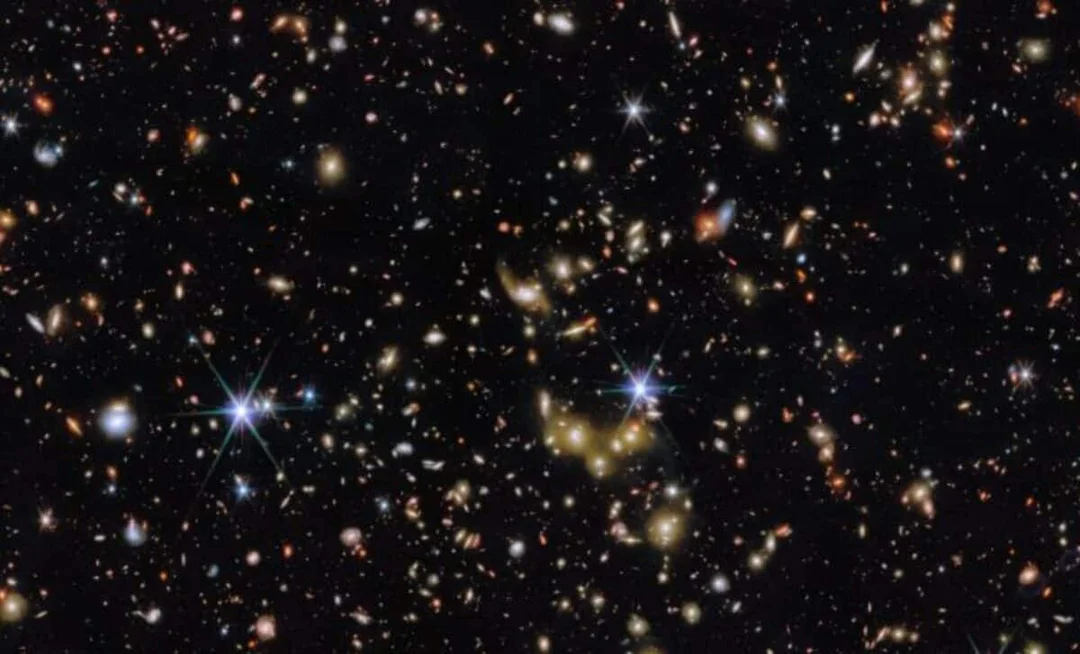
JWST Unveils a Universe Overflowing with Galaxies in Deepest Survey Yet
The James Webb Space Telescope (JWST) continues to redefine our understanding of the cosmos with its latest, most ambitious survey. The COSMOS-Web project has produced an image so rich with detail that nearly every speck of light represents a distant galaxy, some stretching back nearly 12 billion light-years. This groundbreaking achievement is reshaping our perspective on the universe's structure and evolution.
JWST’s unique capabilities enable astronomers to distinguish between foreground stars and distant galaxies with remarkable precision. Stars produce a distinctive diffraction spike pattern, while galaxies appear more diffused. This clarity allows for more accurate data on the distant universe.

The COSMOS-Web survey, spanning 0.6 square degrees - about the area of three full moons - represents the largest, deepest wide-field view of the Universe ever acquired. By combining JWST data with X-ray observations from the Chandra X-ray Observatory, astronomers have identified some of the most massive galaxy clusters ever seen.
One of the focal points of this image is a cluster of galaxies glowing with a golden hue, their light having traveled 6.5 billion years to reach us. This highlights the immense timescales involved in cosmic observation, offering a glimpse into the universe's distant past. A team led by Greta Toni from the University of Bologna has cataloged 1,678 galaxy groups from the latest JWST data.

As *Ghassem Gozaliasl*, a researcher in astronomy at Aalto University, aptly stated, "Like humans, galaxies come together and make families." These galactic groups offer insights into how galaxies interact, merge, and transform over billions of years. Astronomers are particularly interested in studying dark matter, supermassive black holes, and the gas between galaxies within these structures.
Previous deep-field images, such as the Hubble Ultra Deep Field, paved the way for JWST's discoveries, but JWST's infrared capabilities allow it to peer even further back in time. The COSMOS-Web survey allows astronomers to map cosmic structure throughout history, observing galaxies at various distances and lookback times.

Gravitational lensing, where the gravity of foreground galaxies distorts the shape of background galaxies, is also evident in the COSMOS-Web data. This phenomenon allows astronomers to study galaxies that would otherwise be too faint to observe.
The sheer scale of the universe, revealed by the JWST, is truly humbling. A patch of sky just 6.44 by 6.44 arcminutes, smaller than one-fifth the size of the Moon, contains over a thousand galaxy groups. It's a stark reminder of our place in the cosmos.
What does this monumental discovery mean for our understanding of the universe's origins and future? How will this new data reshape our cosmological models? Share your thoughts and insights in the comments below!